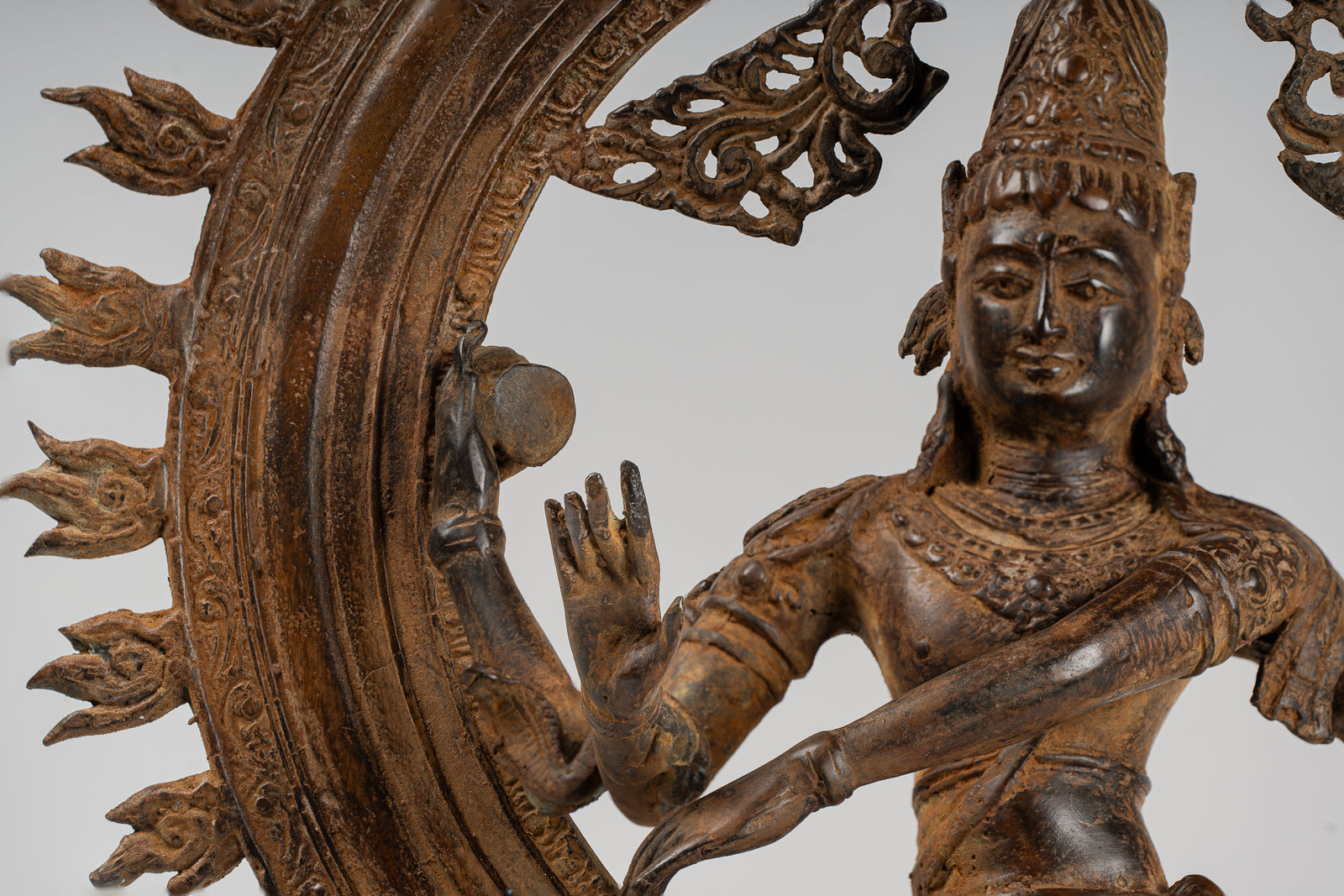
Unveiling the Eternal Dharma: A Journey through the History of Hinduism
Introduction
Hinduism, one of the world's oldest and most complex religions, boasts a rich tapestry of beliefs, practices, and cultural traditions that have evolved over thousands of years. Rooted in the ancient civilization of the Indian subcontinent, Hinduism encompasses a diverse array of philosophies, rituals, and mythologies that reflect the spiritual aspirations of millions of followers worldwide.
In this comprehensive blog post, we embark on a journey through time to explore the fascinating history of Hinduism, from its ancient origins to its enduring legacy in the modern world.
1. Ancient Roots
The history of Hinduism traces its origins to the ancient civilizations of the Indian subcontinent, including the Indus Valley Civilization (circa 3300–1300 BCE) and the Vedic period (circa 1500–500 BCE).
-
Indus Valley Civilization: While the religious practices of the Indus Valley Civilization remain enigmatic, archaeological findings suggest the presence of proto-Hindu elements such as ritual bathing, reverence for animals, and worship of mother goddesses.
-
The Vedas: The Vedic period saw the emergence of the Vedas—ancient scriptures composed in Sanskrit and considered the oldest religious texts of Hinduism. The Rigveda, Samaveda, Yajurveda, and Atharvaveda form the foundation of Hindu religious thought, containing hymns, rituals, and philosophical insights.
2. The Development of Hindu Philosophies
Over time, Hinduism underwent a process of philosophical development, giving rise to diverse schools of thought and spiritual traditions.
-
Upanishads: The Upanishads, composed between 800 and 200 BCE, expound upon the philosophical insights of the Vedas, exploring concepts such as Brahman (the ultimate reality), Atman (the individual soul), and moksha (liberation from the cycle of birth and death).
-
Dharma, Karma, and Reincarnation: Central to Hindu philosophy are the concepts of dharma (righteous duty), karma (the law of cause and effect), and samsara (the cycle of birth, death, and rebirth). These foundational principles shape the moral and ethical framework of Hinduism, guiding individuals on the path to spiritual growth and liberation.
3. The Epic Period
The epic period (circa 400 BCE – 400 CE) witnessed the composition of two great Sanskrit epics—the Ramayana and the Mahabharata—which became foundational texts of Hindu mythology and culture.
-
Ramayana: Attributed to the sage Valmiki, the Ramayana narrates the epic journey of Lord Rama, an incarnation of the god Vishnu, and his quest to rescue his wife Sita from the demon king Ravana. The Ramayana explores themes of righteousness, devotion, and the triumph of good over evil.
-
Mahabharata: Comprising over 100,000 verses, the Mahabharata is one of the longest epic poems in the world. It recounts the dynastic struggles of two rival families—the Pandavas and the Kauravas—and culminates in the great battle of Kurukshetra. The Mahabharata includes the Bhagavad Gita, a sacred dialogue between Lord Krishna and the warrior prince Arjuna on duty and righteousness.
4. The Emergence of Hindu Sects and Deities
Throughout its history, Hinduism has seen the emergence of numerous sects, traditions, and deities, reflecting the diverse cultural and regional landscapes of the Indian subcontinent.
-
Shaivism, Vaishnavism, and Shaktism: Hinduism encompasses a variety of sects devoted to different deities and theological perspectives. Shaivism worships Shiva as the supreme deity, Vaishnavism venerates Vishnu and his incarnations, and Shaktism reveres the divine feminine energy, often personified as Goddess Durga, Kali, or Lakshmi.
-
Popular Deities: Hinduism features a vast pantheon of gods and goddesses, each with their own attributes, myths, and forms of worship. Some of the most popular deities include Brahma (the creator), Vishnu (the preserver), Shiva (the destroyer), Lakshmi (goddess of wealth), Saraswati (goddess of knowledge), and Durga (goddess of strength and protection).
5. Modern Hinduism and Global Influence
In the modern era, Hinduism has continued to evolve and adapt to changing social, cultural, and political landscapes, while also exerting a profound influence on global spirituality and culture.
-
Neo-Hindu Movements: The 19th and 20th centuries saw the rise of various neo-Hindu movements, such as Arya Samaj, Brahmo Samaj, and the Ramakrishna Mission, which sought to reform and revitalize Hinduism in response to colonialism and modernization.
-
Diaspora Communities: Hinduism has spread to various parts of the world through migration and diaspora communities, particularly in North America, Europe, and the Caribbean. Hindu temples, festivals, and practices have become increasingly visible in multicultural societies, contributing to the global diversity of religious expression.
Conclusion
From its ancient roots in the Indus Valley Civilization to its vibrant presence in the modern world, Hinduism embodies a profound tapestry of beliefs, practices, and traditions that have shaped the cultural and spiritual landscape of the Indian subcontinent and beyond.
As Hinduism continues to evolve and adapt to changing times, its timeless teachings of dharma, karma, and spiritual liberation remain as relevant and inspiring as ever, guiding countless individuals on the path to self-discovery, wisdom, and inner peace.
As we reflect on the rich history of Hinduism, may we honor its diverse heritage and timeless wisdom, celebrating the eternal dharma that continues to illuminate the hearts and minds of humanity.






































